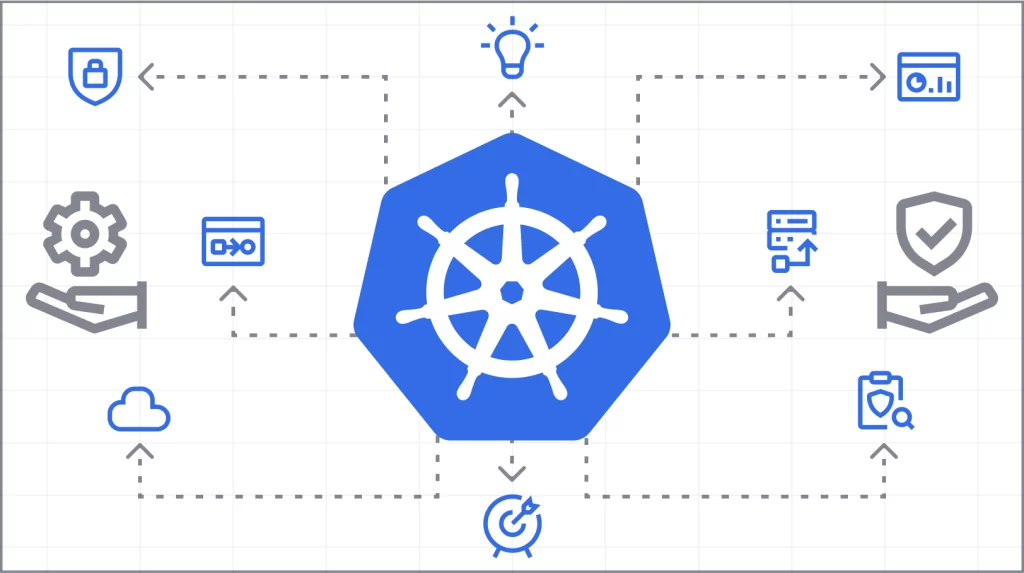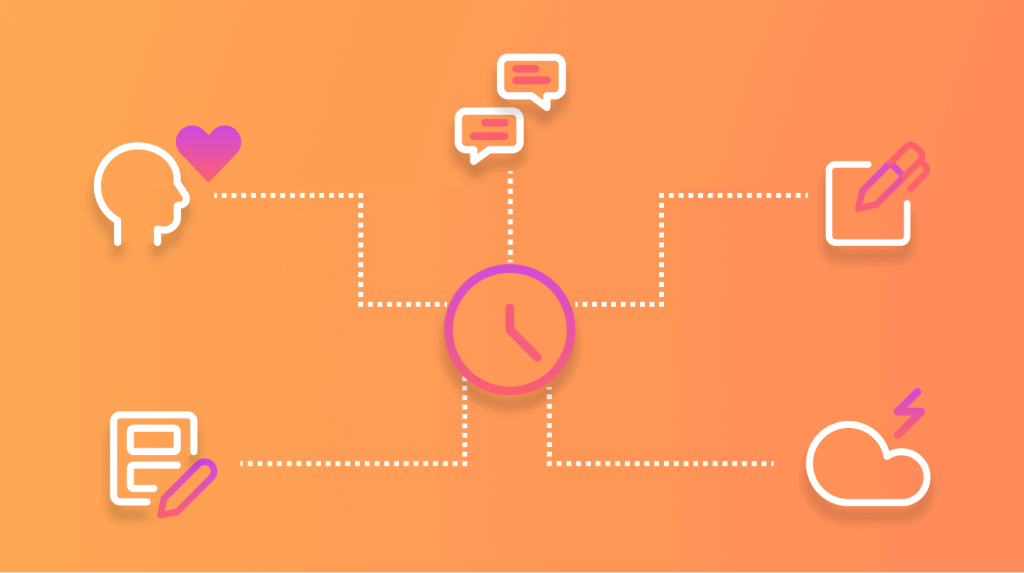Research Shows How Employee Experience Impacts Customer Experience
Why the employee experience is so important
Because consumer applications have made our lives so much more convenient, employees expect similar quality from the applications they use at work. This trend toward the consumerization of IT began long before the pandemic, but it has significantly accelerated during the past year. Employees aren’t wrong for having high expectations of the tech tools they use on the job. After all, they were promised that technology would help them be productive. As these expectations meet the reality of technical debt and legacy systems, however, employees can become frustrated and disengaged.
When key processes and functions wither in outdated and inefficient applications, they drag down employee productivity instead of elevating it. Employee enthusiasm is sapped when workers have to spend an inordinate amount of time on rote, low-value tasks. They know that this tax on their productivity limits the number of hours they can spend on their core job function, and it could even diminish their prospects for a promotion. Younger employees, in particular, understand how poor workplace technology could impact their career advancement, which is why they seek to work at companies with modern systems that support an engaged and energized workforce.
If you want to improve employee retention and make your company more attractive to top talent, it’s time to take a good look at how many of your internal applications are falling short of the modern mark. Do your employees spend more time fighting about software instead of executing on company priorities? If so, your company is probably struggling to offer a compelling customer experience, too.
Outdated applications hurt the employee experience
When your company’s internal applications are outdated or don’t work as intended, employees have to compensate with time-consuming and enthusiasm-draining manual workarounds. They might also engage in subtle rebellion, which also hampers internal productivity. Both the workarounds and the pushback may seem minor at first, but they can quickly create higher-level knock-on effects that could sabotage your company’s competitive prospects.
For example, if your CapEx system isn’t working efficiently, employees may put off submitting expense reports and reimbursements. Without an accurate financial picture, your company won’t be able to make accurate or timely strategic decisions. Some employees faced with this faulty CapEx system may look for workarounds and shortcuts that might be less secure. While your employees might view their actions as harmless, they may leave your company vulnerable to a security breach that could have devastating legal and reputational consequences.
Similar problems could crop up in your procurement system. If the relevant application is outdated or just too inflexible to support your current business processes, that makes life harder for your procurement team than it needs to be. Your team has to track down delinquent accounts, and payment to vendors might run late, which could incur fees. At this point, your legacy system is actually costing you more in wasted employee productivity and additional expenses, to say nothing of the poor employee experience it creates and how that could thwart your company’s potential.
A poor experience for employees creates opportunity costs
These problems are challenging enough when individual applications are involved, but they compound when multiple legacy applications are affected. If you have several processes trapped in dated applications, the accumulated loss of time and efficiency can grow exponentially throughout your company. Employees could soon find themselves confronted with unwieldy systems at every turn, frustrated by their inability to perform basic aspects of their jobs.
Cross-functional working relationships can also become frayed. For example, the finance team may find it difficult to collaborate well with colleagues in other departments when those teams fail to submit expense reports on time, and that can also hurt your company’s ability to thrive. IT staff may find themselves saddled with firefighting tasks, viewed not as the strategic business partners they should be but as troubleshooters whom colleagues only call on when something’s broken.
When this happens, your company may suffer opportunity costs without even knowing it. Unresponsive systems tell employees something about how much your company values their time and ingenuity. When your employees struggle just to get their core work done, they’re far less likely to come to you with ambitious ideas that could advance the business. After a while, they might dust off their résumés and begin looking for new opportunities. Without the ability to tap into your internal talent fully or keep your best employees, you’re far less likely to be able to improve the customer experience—let alone avoid customer churn.
70% of executives agree: Better EX means better CX
Technology solutions that improve employee experience will prepare your business for success. With seventy percent of executives surveyed reporting to Salesforce/ForbesInsights that the employee experience impacts customer service; it’s clear that companies that modernize their systems will create a ripple effect from satisfied employees to satisfied customers.
70 percent of executives agree that a better employee experience directly leads to a better customer experience
Factoring in this research that customer and employee experience are linked, incredible experiences in both areas improve not just morale but the bottom line. The report shows that companies with great employee and customer experiences are growing almost twice as fast as companies that stumble in both areas.
Employee and customer experience go hand in hand
Ultimately, building the best customer experience means building the right multi-experience. Just as your customers demand great experiences on all the devices and apps they use, your employees also expect business technology that supports their day-to-day work and doesn’t get in the way.
Outdated applications create frustration for employees, but you can address this issue by modernizing your legacy systems. With more responsive and flexible systems in place, your employees will be free to achieve their potential, and your company will be able to pursue all of the exciting opportunities that digitization brings.
- What Are the Differences Between EAM, CMMS, FSM, and ERP?
- How to Choose the Right Enterprise Development Platform
- PVI Gia Định Partners with Techworld Solutions Vietnam to Revolutionize Insurance Management
- Programming in a Low-Code World
- Cloud-Native Applications: Examples, Benefits and Development Methods
Bài viết cùng chủ đề:
-
Mendix Cloud’s Next Evolution: Embracing Kubernetes for a Future-Ready Platform
-
Optimizing Production with Epicor ERP – Specialized Solutions for Complex Industries
-
Addressing the Knowledge Gap
-
AI-Assisted Development in Action with Mendix
-
Empowering Mobile Innovation
-
How to Upgrade Legacy Systems to Compete in the Cloud Age
-
TECHWORLD SOLUTIONS VIỆT NAM VÀ ĐẠI HỌC SPKT ĐÀ NẴNG KÝ KẾT HỢP TÁC TRIỂN KHAI TRUNG TÂM NGHIÊN CỨU & ĐÀO TẠO CÔNG NGHỆ SỐ
-
How to Architect Your Mobile Customer & Employee Experiences
-
PVI Gia Định Partners with Techworld Solutions Vietnam to Revolutionize Insurance Management
-
ESEC Group Partners with Techworld Solutions Vietnam to Implement Microsoft Dynamics 365 ERP
-
Đổi mới Chuỗi cung ứng với Nền tảng Low-Code Mendix: Bước tiến vượt trội cho doanh nghiệp
-
Why Building the Best Customer Experience Means the Right Multi-experience
-
What is the Future of Mobile App Development? 5 Trends to Watch
-
Empower Manufacturing with Adaptive Solutions
-
Design Thinking vs. Agile: Combine Problem Finding & Problem Solving
-
How Fusion Teams & Low-Code Enhance Software Delivery

















